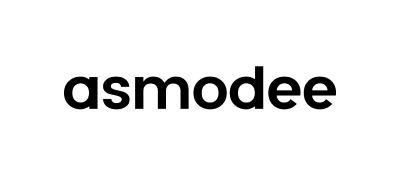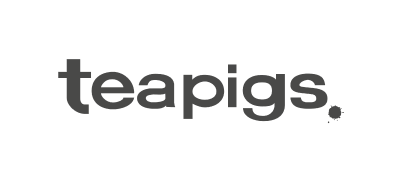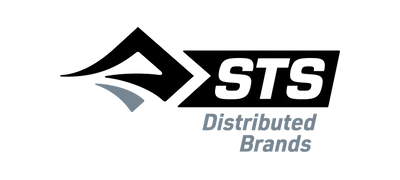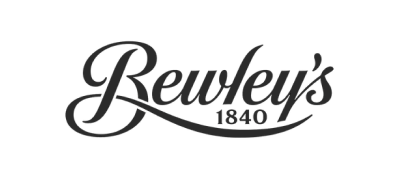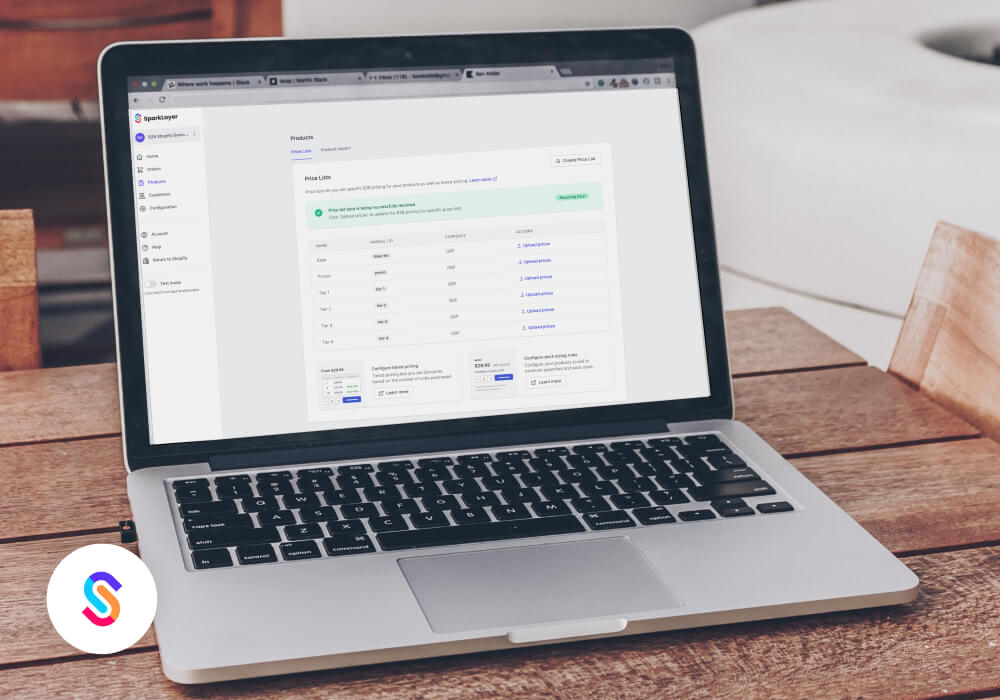One of the distinguishing features of B2B versus B2C eCommerce lies in the treatment of pricing. Unlike B2C ecommerce where pricing models are typically set up to cater for a single customer type (i.e. a retail customer), B2B ecommerce can have a much greater complexity in how pricing is managed.
In its most basic form, a B2B merchant could simply create a single pricing model that is applied to all their wholesale customers when they log in. For example, the pricing model could be a blanket 25% off all retail pricing that all wholesale customers see. It becomes more complex when they may have different rules or discounts based on who the customer is (e.g. a new versus a loyal B2B customer), or having to handle quantity pricing that varies the price paid based on the units purchased. It can very quickly become difficult to wrap your head around!
In this guide we’re going to run through some of the ways SparkLayer handles the challenges of B2B pricing, and how it gives merchants great flexibility in how they set pricing structures for their B2B customers. And the best part is, you can bring this all to your Shopify store!
An introduction to B2B pricing
To give some context, we’ve summarised the key ways SparkLayer handles pricing:
| Pricing type | How it works with SparkLayer |
|---|---|
| Price Lists |
|
| Quantity pricing |
|
| Advanced product settings |
|
Understanding B2B price lists
The concept of price lists is central to SparkLayer and they determine the specific prices B2B customers see when they log into your website. The rules for setting pricing models vary from business to business, but it’s common to assign customers different pricing structures based on factors such as how long the customer has traded with you or perhaps the size of their operation.
SparkLayer interprets price lists in a relatively simple way: a price list is uploaded (e.g. Price List 1) that specifies a variant and an associated price, and this price list is then assigned to a customer group (e.g. Customer Group 1). When a customer from this customer group signs in, they then see the prices as specific in the price list.
In our guide here, we’ve a handy diagram that explains how this flow works and it’s the core principle that SparkLayer uses to customise B2B pricing.
Beyond the practical set up of price lists, SparkLayer has an impressive range of functionality that allows you to enhance price lists further, allowing you to apply impressive granularity to your B2B pricing.
The ability to assign multiple price lists
By default, all customers will have the SparkLayer default price list assigned to them (called the “Base” price list). In addition to this, it’s possible to apply further price lists on top, allowing you to stack price lists. A common use case may be that you want to give a certain customer group an additional pricing discount on a range of products within your catalogue. SparkLayer is able to apply stacked discounts at both a customer group level (e.g. Customer Group 1) or at a customer-specific level depending on your required set up.
Customer percentage discount
For a further level of pricing configuration, it’s even possible to apply a customer-specific discount that is applied on top of assigned price lists. For example, you may have a customer who you want to give an additional 20% discount to and you don’t want to have to create an entirely new price list. In our guide here, we walk through how this can be done on Shopify.
Quantity pricing
Quantity pricing (sometimes referred to as ‘Tiered pricing’), is a really powerful way to incentivise your B2B customers to purchase higher volumes of products. The principle is simple; the unit cost of a single product starts at a certain price, and as the customer adds higher quantities, it becomes cheaper.
SparkLayer supports quantity pricing at a variant level, giving you impressive granularity in how you manage your pricing.

It means that, even for multi-variant products such as clothing, you can offer quantity discounts for your B2B customers. SparkLayer also intelligently handles the quantity calculations for variant-based products where it will use the total quantity across variants to calculate the customer’s pricing.
Advanced product settings
In addition to handling price lists and quantity pricing, SparkLayer has an additional area of B2B functionality that sets it apart; advanced product settings. Advanced product settings are additional attributes that can be set against a product at a variant-level that then influence how the product is interacted with on the B2B website. These settings can be configured per customer group or across all customers, giving great flexibility. These include:
| Attribute | How it works |
|---|---|
| Pack sizes | The ability to set pack sizes at a product variant level (e.g. packs of 6, 12, 18). Learn more here |
| Minimum and maximum order quantity | The ability to set the minimum or maximum quantity the product must be ordered in at a product variant or product parent level (e.g. a minimum of 10 units). Learn more here |
| Reserve stock quantity | The ability to set a minimum stock level against a product that prevents B2B customers from over ordering. Learn more here |
| Prevent selling | The ability to block certain variants from being added to an order |
Explore more
So there you have it: how SparkLayer handles the complexities of B2B pricing! Although, in reality, many B2B merchants may opt for relatively simple pricing models, SparkLayer has the ability to future-proof far more comprehensive and powerful pricing configurations.
If you’d like to learn more about how SparkLayer works behind the scenes, please visit our Help Docs or contact us to arrange a demo.





